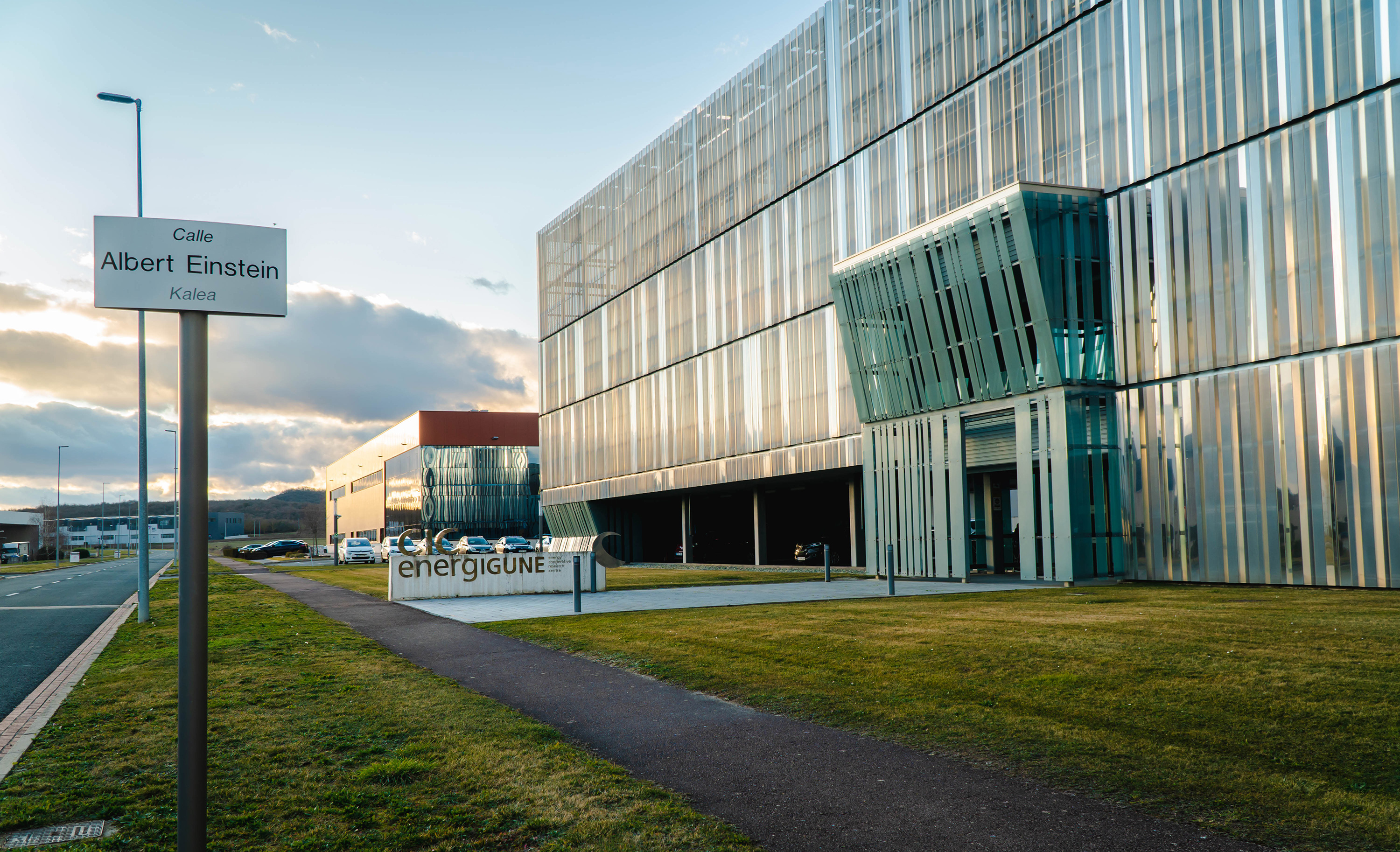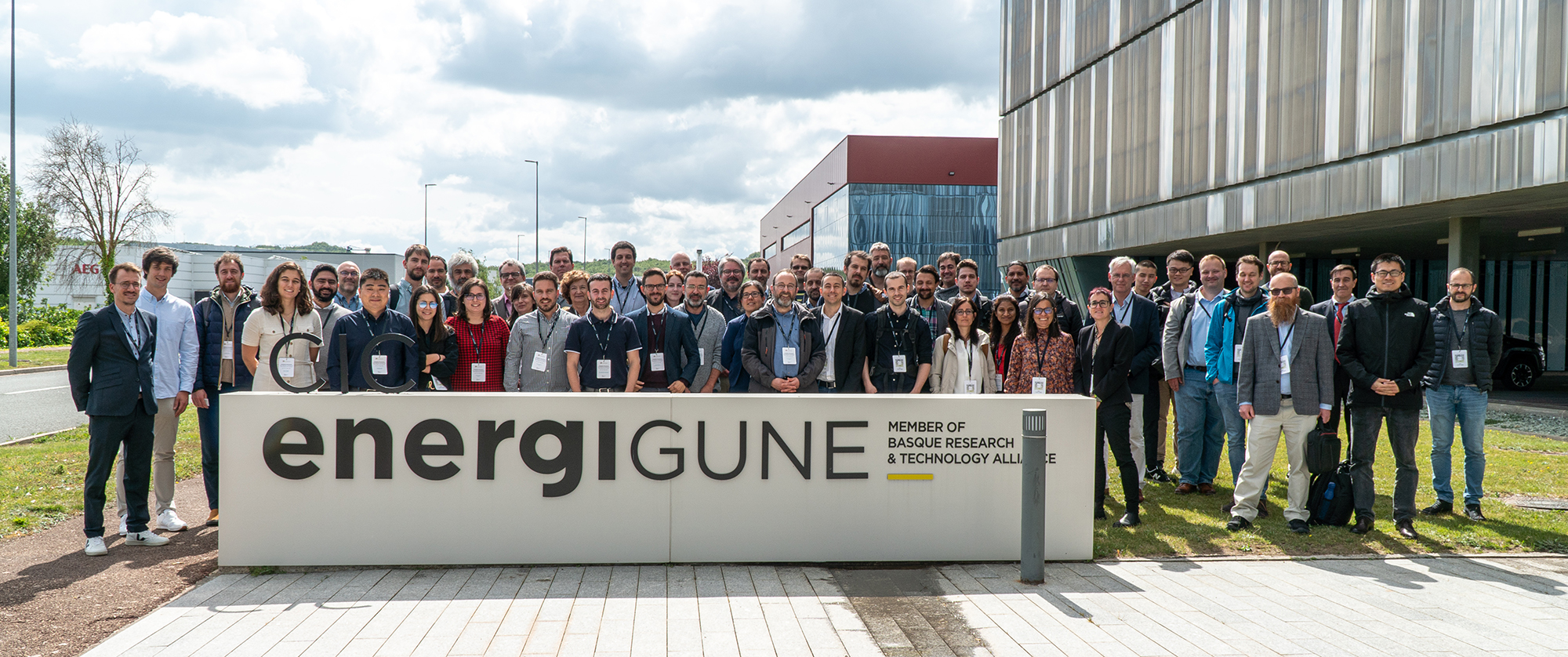CIC energiGUNE, the Basque research center of reference in electrochemical energy storage, thermal energy storage and conversion and hydrogen technologies, held on May 16 and 17 in Vitoria-Gasteiz the second and last seminar of the European project HIGREEW, led by the Basque center and which, after three years of research, has demonstrated the technical feasibility of its proposal, supported by the manufacture and installation of a prototype of an organic redox flow battery. More than 70 participants from 10 different EU countries took part in this meeting, which also discussed the future of redox flow batteries.
"In the three years of project development, the HIGREEW consortium has managed to take the concept of organic active materials from the laboratory to the battery prototype and, therefore, we are one step closer to bringing the technology to the market," said Raquel Ferret, Business Development Director at CIC energiGUNE. In fact, the installation of the redox battery prototype was carried out last March at Siemens Gamesa´s headquarters in Zaragoza, with a view to its commissioning at the end of the HIGREEW project this May.
In this context, and under the title "Flow batteries, bringing technology closer to the market", the seminar showed use cases of redox batteries from the most relevant industrial players in the field of stationary energy storage, as well as from materials and battery developers. It also provided access to new market trends, together with a scientific view of the key components of batteries, and even outlined ideas, from a political point of view, on the new regulation of batteries.
In addition, the meeting served to define the way forward with respect to industry needs and trends, as well as on the potential contribution of redox flow technology to the decarbonization of the economy, thanks to its ability to facilitate renewable energy storage.





